Farmers Needed for Red Crown Rot Detection Study
Help advance early detection of red crown rot—researchers need farmer participants to test a new satellite-based model that’s showing promising results.
June Scouting Report: Weather Swings, Weed Pressure and What’s Ahead
On this Field Advisor episode, Kelsey Litchfield and Illinois Soy Envoys discuss early June crop conditions, weed control, cover crop termination, and scouting fields.
Tracking Soybean Stem Diseases and Pests in Illinois
Researchers in Illinois are tracking stem diseases and insect pests in soybeans as part of a multi-year effort to better understand what’s emerging in the state’s fields.
Pest and Disease Watch: What to Look for Based on Survey Data
In this webinar, Kelly Estes and Dr. Ahmad Fakhoury shared field data and observations to help farmers identify and manage rising insect and disease pressures as the growing season progresses.
Crop Talk with The Short Bald Agronomist
Kelsey Litchfield chats with Matt Montgomery, aka The Short Bald Agronomist, about soybean management, mentorship, personal branding, and how agronomy education is evolving with tech and information overload.
Research Studies Link Between Red Crown Rot and SCN in Soybeans
Illinois research is uncovering how soybean cyst nematode and red crown rot may be teaming up in Illinois fields—and what that means for future soybean management.
How to Avoid Herbicide Carry-Over for Fall Cover Crops
Early-season weather disruptions can increase the risk of herbicide carryover and limit fall cover crop options—IL Soy Envoy Torey Colburn explains what to watch for.
Gene Editing Offers Potential New Path for Managing SCN
Illinois researchers are using CRISPR and RNA sequencing to identify genetic targets that could disrupt soybean cyst nematode reproduction.
Exploring Cover Crops’ Role in Managing SCN Populations
An ongoing study across 13 Illinois field sites is evaluating how different cover crops influence SCN populations to support more effective management strategies.
To Spray or Not to Spray? Making Herbicide Decisions in Dry Conditions
Group 15 herbicides vary in activation thresholds and soil persistence—IL Soy Envoy Seth Wiley shares how to match the right chemistry to field conditions when rain is scarce.

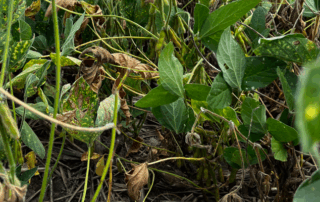
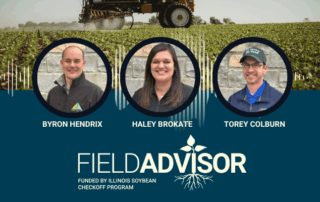
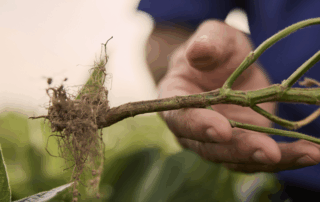
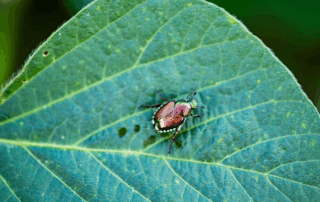
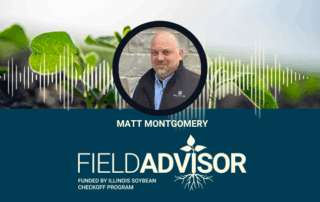
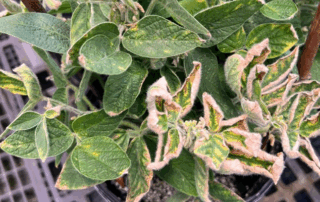
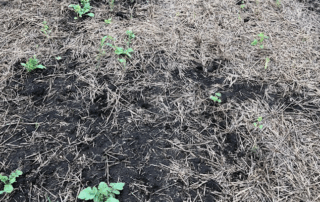
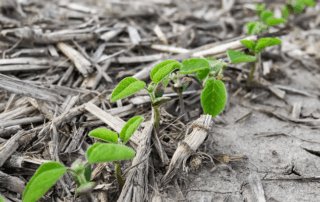
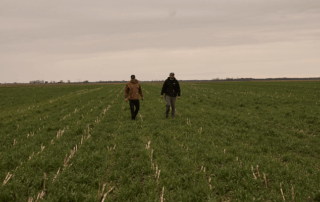
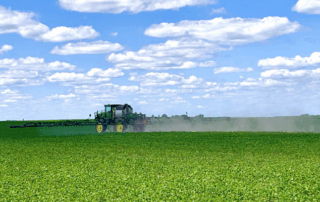

 and then
and then